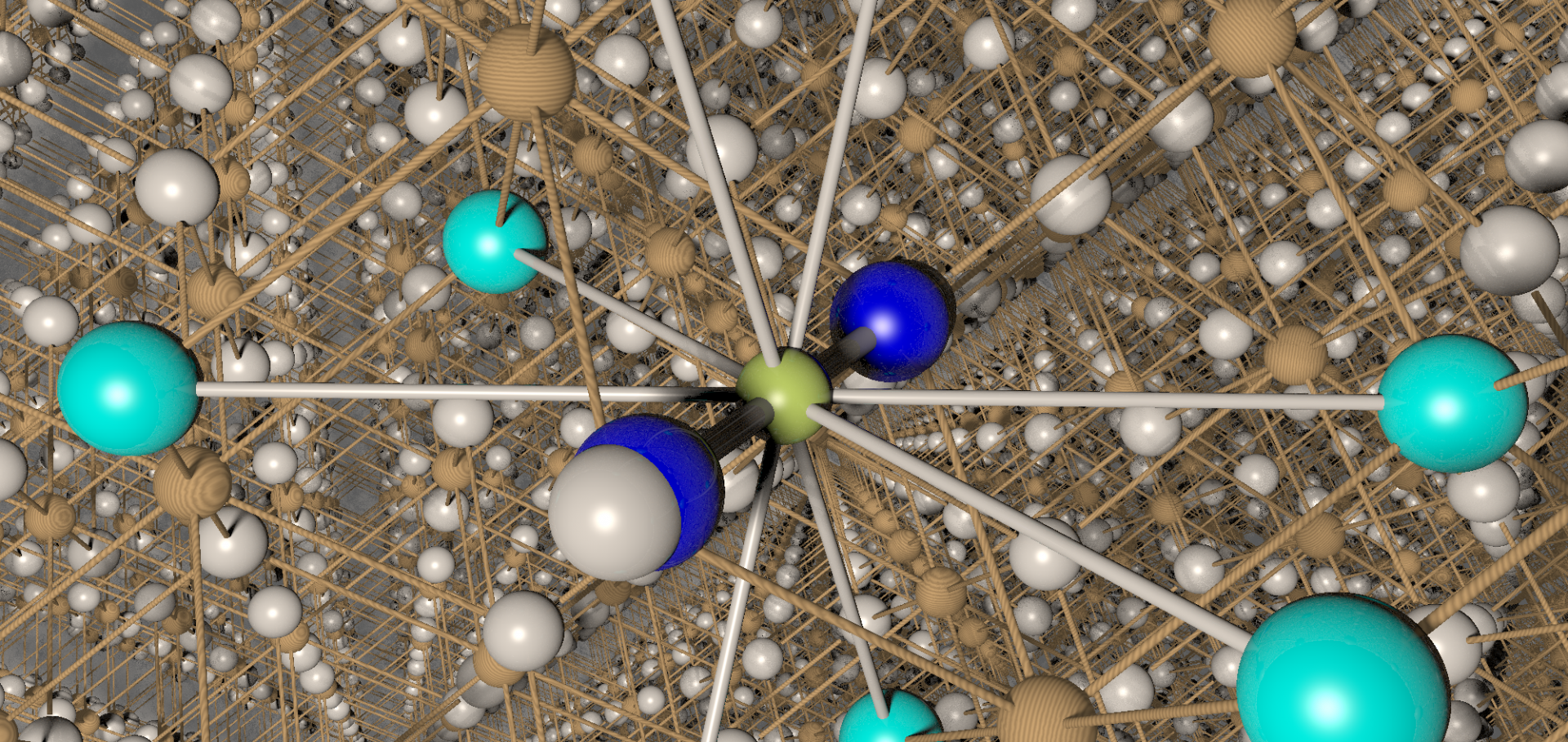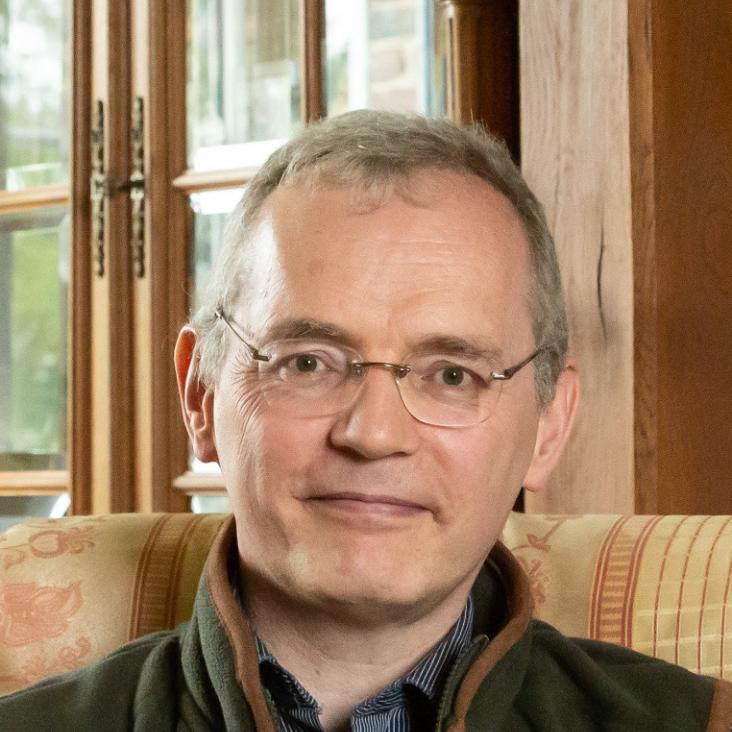Muon spin relaxation study of LaTiO(3) and YTiO(3).
J Phys Condens Matter 20:46 (2008) 465203
Abstract:
We report muon spin relaxation (μSR) measurements on two Ti(3+) containing perovskites, LaTiO(3) and YTiO(3), which display long-range magnetic order at low temperature. For both materials, oscillations in the time dependence of the muon polarization are observed which are consistent with three-dimensional magnetic order. From our data we identify two magnetically inequivalent muon stopping sites. The μSR results are compared with the magnetic structures of these compounds previously derived from neutron diffraction and μSR studies on structurally similar compounds.Heat capacity measurements on FeAs-based compounds: a thermodynamic probe of electronic and magnetic states
(2008)
Structure, antiferromagnetism and superconductivity of the layered iron arsenide NaFeAs
(2008)
Magnetic properties and magnetic structures of synthetic natrochalcites, NaM(II)2(D3O2)(MoO4)2, M = Co or Ni.
J Am Chem Soc 130:40 (2008) 13490-13499
Abstract:
The magnetic properties and magnetic structures from neutron diffraction of two synthetic natrochalcites, NaM(II)2(H3O2)(MoO4)2, M = Co (1Co) or Ni (2Ni), are reported. They are isostructural (monoclinic C2/m) and consist of chains of edge-shared MO6 octahedra connected by mu-O from H3O2(-) and MoO4(2-). These chains form a three-dimensional network with O-H-O, O-Mo-O, and O-Na-O bridging 4, 3, and 4 metal ions, respectively. Both compounds behave as canted antiferromagnets but differ in their behaviors, 1Co showing a broad maximum (28 K) above the Neel transition (21 K) and the canting taking place at 13 K, some 8 K below T(N), while for 2Ni the canting takes place at T(N) (28 K). Analyses of the neutron powder diffraction data shed some light on the geometry of D3O2(-) and suggest antiferromagnetism with a propagation vector k = (0,0,0) with the moments within each chain being parallel but antiparallel to those in neighboring chains. The difference between 1Co and 2Ni is in the orientation of the moments; they are parallel to the chain axis (b-axis) for 1Co and perpendicular to it for 2Ni with a major component along the c-axis and a small one along the a-axis. The heat capacity data peak at 20.9(3) K (1Co) and 25.1(1) K (2Ni). The derived magnetic entropies, following correction of the lattice contribution using the measured data for the nonmagnetic Zn analogue, suggest S = 1/2 for 1Co but is lower than that expected for 2Ni (S = 1). In both cases, only ca. 60% of the entropy is found below the magnetic ordering temperature, suggesting considerable short-range correlations at higher temperatures. While the temperature at which the magnetic diffraction becomes observable coincides with that of at the peak in heat capacity, it is lower than T(N) observed by magnetization measurements in both cases, and there is evidence of short-range ordering in a narrow range of temperature (T(N) +/- 5 K).Enhancement of Superfluid Stiffness, Suppression of Superconducting T_c and Field-induced Magnetism in the Pnictide Superconductor LiFeAs
(2008)


